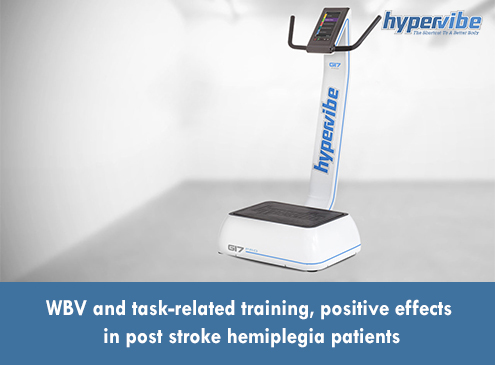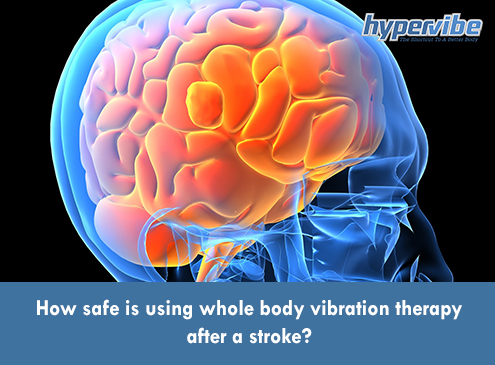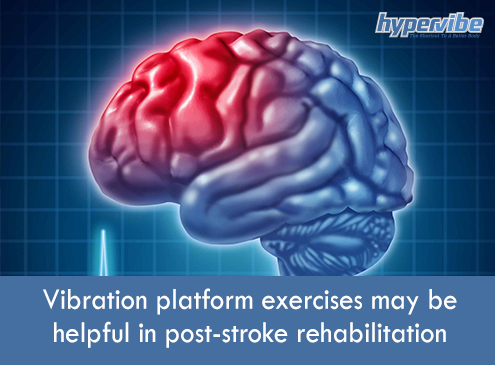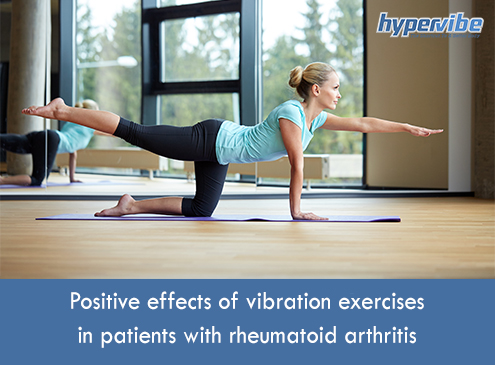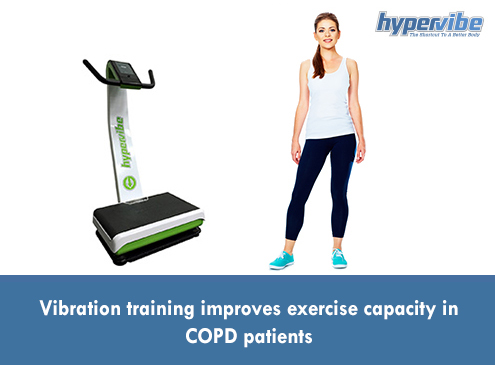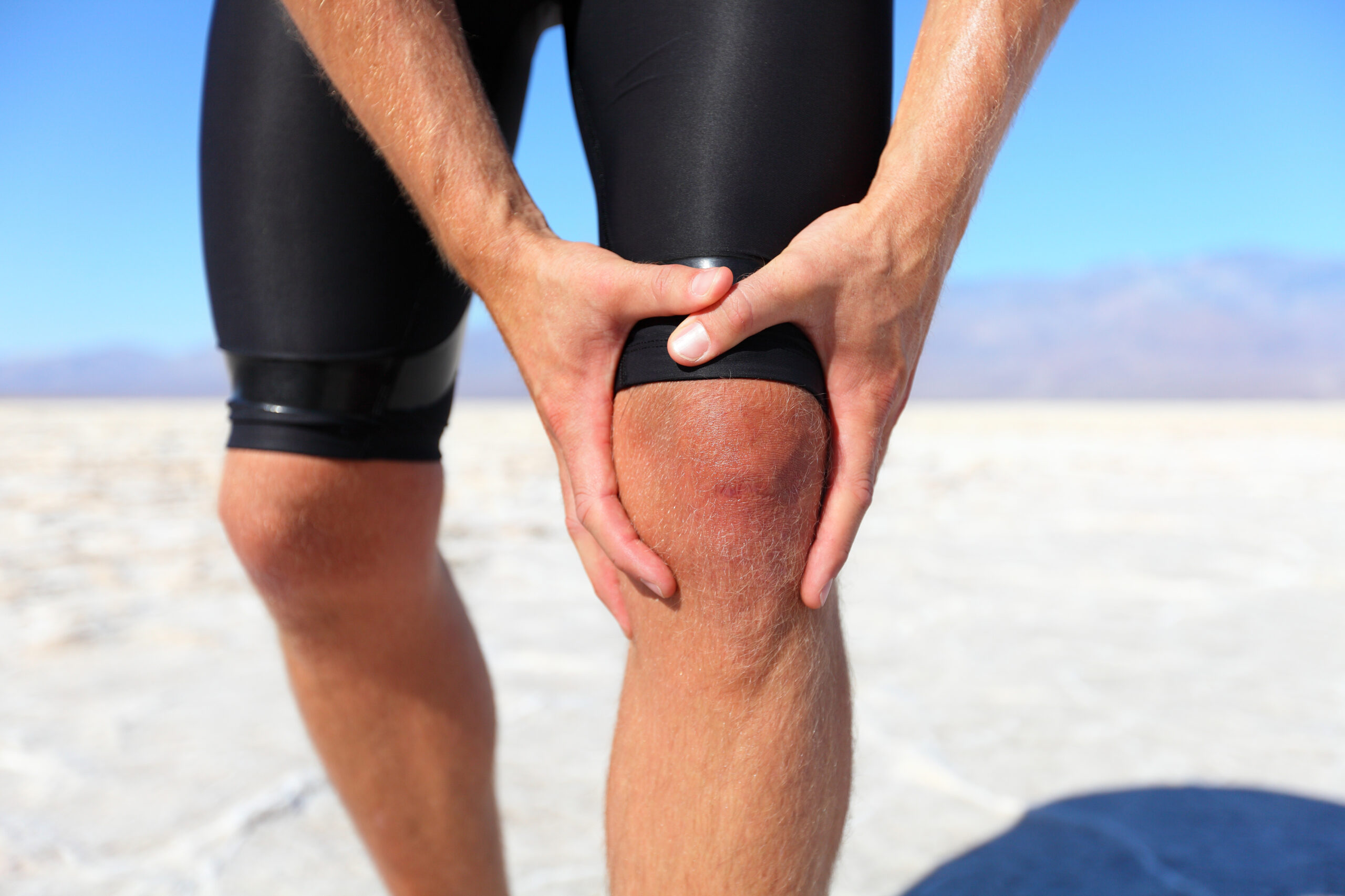WBV + Task-Related Training: Positive for Post-Stroke Hemiplegia
Hemiplegia comes from the words “hemi”, meaning “half”, and “plegia”, meaning paralysis, so it means the paralysis of half of one’s body. It is different from post stroke hemiparesis, which defines the weakness or partial loss of movement following a stroke.
Hemiplegia is more severe, and is usually treated through a combination of exercise therapy, wearing of supportive orthotics and some compensatory or adaptive techniques. Exercises – passive or active – are needed for preventing muscle stiffness and contractures in the weakened or paralyzed limbs, and the use of orthotics or supportive braces may be necessary for maintaining the right joint alignment, depending on the affected body area.
Stroke survivors affected by hemiplegia may need to use adaptive equipment around the house, for performing day to day tasks safely. Another aspect they need to pay attention to is the positioning of the weak or paralyzed limb when sitting or standing. The affected limb should be properly supported, so as to maintain a normal position of the joint, without too much rotation. Placing a pillow under the paralyzed limb while sleeping may be helpful.
Whole body vibration added to conventional rehabilitation exercises in hemiplegia patients
Korean researchers investigated the effects of whole body vibration combined with specific, task-related training, on the spasticity, function and grip strength in subjects with post stroke hemiplegia.
This randomized controlled trial involved 45 subjects with hemiplegia, who were assigned randomly to a control, whole body vibration alone or WBV plus task-related training group. The results were evaluated before the intervention and 4 weeks post intervention.
The scientists found a significantly greater increase in the grip strength of the affected hand in subjects who performed a combination of conventional rehabilitation exercises and whole body vibration exercises. At the same time, the spasticity score and the motor function were better in the WBV + conventional therapy group than in the vibration alone or control groups.
Japanese researchers also found whole body vibration to be useful in improving the range of motion of stroke patients with hemiplegia. Their study was conducted on 30 patients who were assigned to a whole body vibration or a non-WBV group. The purpose of this study was to determine the immediate effects of vibration therapy on balance and range of motion.
The patients received 2 minutes of whole body vibration in standing position, at 25 Hz frequency, results showing that the range of motion was significantly improved in the vibration training group.
We’ll end this article with a third study conducted by Asian researchers, who investigated the effects of whole body vibration exercises in a sitting position prior to therapy in stroke patients.
This study involved 14 chronic stroke patients who performed 10 minutes of WBV exercises, 5 times per week, for 8 weeks. The researchers measured the muscle tone nad upper extremity function prior and post WBV.
Results showed that the application of whole body vibration in a sitting position, before conventional stroke therapy, has positive effects and can increase the muscle tone and upper extremity function in stroke survivors.
Have something to add to this article? Comment below or join our Facebook community and share your thoughts with us!
